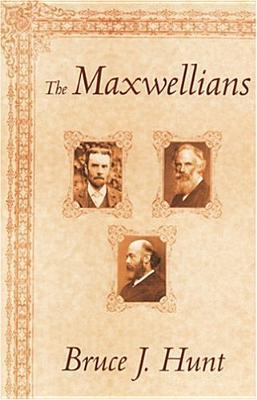James Clerk Maxwell published the Treatise on Electricity and Magnetism in 1873. At his death, six years later, his theory of the electromagnetic field was neither well understood nor widely accepted. By the mid-1890s, however, it was regarded as one of the most fundamental and fruitful of all physical theories. Bruce J. Hunt examines the joint work of a group of young British physicists--G. F. FitzGerald, Oliver Heaviside, and Oliver Lodge--along with a key German contributor, Heinrich Hertz. It was these "Maxwellians" who transformed the fertile but half-finished ideas presented in the Treatise into the concise and powerful system now known as "Maxwell's theory."

James Clerk Maxwell published the Treatise on Electricity and Magnetism in 1873. At his death, six years later, his theory of the electromagnetic field was neither well understood nor widely accepted. By the mid-1890s, however, it was regarded as one of the most fundamental and fruitful of all physical theories. Bruce J. Hunt examines the joint work of a group of young British physicists--G. F. FitzGerald, Oliver Heaviside, and Oliver Lodge--along with a key German contributor, Heinrich Hertz. It was these "Maxwellians" who transformed the fertile but half-finished ideas presented in the Treatise into the concise and powerful system now known as "Maxwell's theory."
Paperback
$36.61